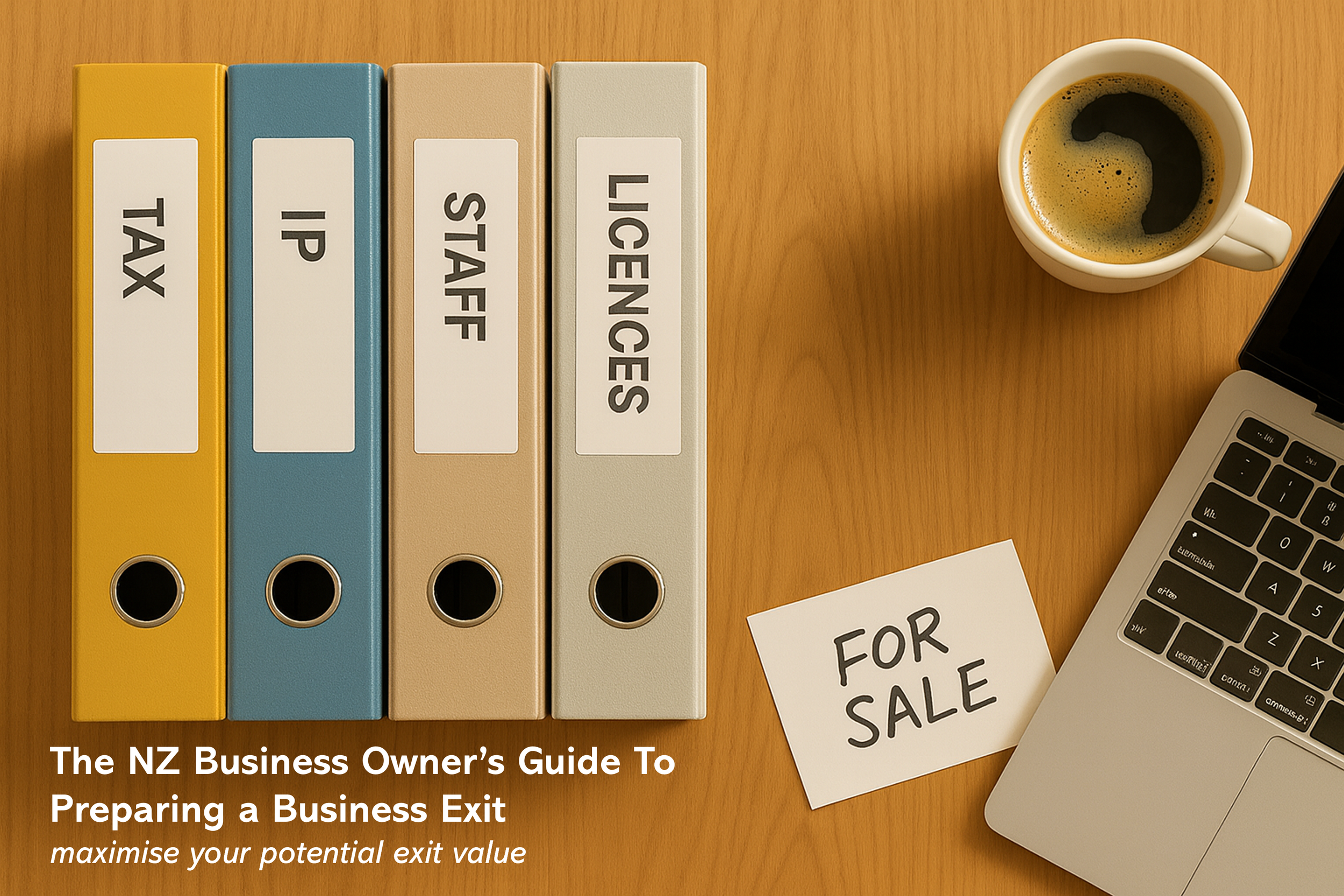Section 2 - Valuation, Financials & Tax - 7. What Your Business Is Really Worth
Valuations explained without the financial mumbo jumbo or wild guesses
Problem Statement
Most owners carry a number in their head about what their business is worth. It might come from a chat with a mate, an old rule of thumb or a hopeful sense of what you deserve after years of graft. When an actual valuation appears that magic number often collides with reality. The gap can feel like a punch in the gut rather than neutral information about risk, profit quality and future potential.
What An Owner Might Say
“I know what I have put into this place so I cannot understand why the valuation comes in so low.”
“The broker keeps talking about multiples and comparable sales. I just want to know what a fair price is without feeling like I am being talked down to.”
Why It Happens
Many owners confuse effort with value. You have poured time, stress and money into the business so it feels natural to expect a high payoff. The market does not measure sweat. Buyers pay for future, reliable, transferable earnings, not for how hard the journey has been. That mismatch between emotional investment and market logic creates shock.
Valuation methods can also feel mysterious. You hear about discounted cashflow, earnings multiples or asset based approaches although no one has ever walked you through what those mean in practical language. When something feels like a black box it is easy to either dismiss it or cling to the highest number mentioned without understanding the assumptions behind it.
On top of that many businesses are not as tidy as they need to be. Intermingled personal expenses, patchy reporting, lumpy revenue or customer concentration all create risk in a buyer’s eyes. Risk brings discounts. Owners often experience those discounts as a judgment on their competence when in reality they signal where the business model or reporting needs work.
What To Do About It
Treat valuation as a tool for learning rather than a verdict on your worth. Start by getting a clear, independent assessment from someone who understands your sector and can explain their workings in plain English. Ask them to show different scenarios so you can see how specific changes in profit, risk or structure could shift the number.
Look closely at the drivers that sit underneath the figure. For example the level and consistency of earnings, the quality of revenue, the spread of customers, the strength of systems, the reliance on you personally, the strength of your team and your position in the market. Seeing these in black and white can be confronting yet it also shows you which levers you can actually pull.
From there choose a small set of priority moves that will make the most difference. That might mean cleaning up your management accounts, tightening contracts, reducing reliance on one or two customers, locking in key staff or simplifying your service mix so margins improve. Each action turns valuation from an abstract concept into practical work that strengthens the business even if you delayed sale for a while.
How To Keep The Momentum
Revisit the valuation drivers regularly rather than filing the report away. Build a simple dashboard that tracks a handful of measures which matter most for value in your business. That might include gross margin, recurring revenue percentage, customer concentration, staff turnover or owner hours spent in operations. Use these measures as a reality check for strategic decisions.
Talk openly with your senior people and advisers about value rather than just revenue. Help them see that not every extra dollar of sales is equal. A smaller contract with reliable payment terms and good margins may do more for your valuation than a bigger, risky deal that soaks up capacity. When the team understands how value works they can help you make smarter choices.
Finally keep your expectations flexible while you work on the fundamentals. The first valuation you see is a snapshot. It is not the only possible outcome. As you improve the business model and reduce risk, the value story can change. Treat this as a journey where you become a more informed owner who understands both the numbers and the levers behind them.
Golden Nugget
“The market does not pay for how hard you worked. It pays for how confidently it can believe in the future of your profits.”
How RegenerationHQ can help
RegenerationHQ helps owners lift the fog around valuation so it becomes a practical compass rather than a mystery. We sit with you to unpack what the current number means, where it comes from and which parts of the story are within your control. Our focus is on making the language of value feel accessible so you can ask better questions and make steady decisions.
Together we map the key drivers of value in your specific business then design realistic steps to strengthen them over time. That might involve sharpening your pricing, improving reporting, reducing owner dependence or clarifying your proposition for a future buyer. Throughout the process we keep your wider life goals in view so that value is always connected to the future you want beyond the sale.
With a clearer understanding of what your business is really worth, plus a plan to shift that worth in the right direction, you can move toward exit with a lot less anxiety and a lot more confidence.
If you want a steady guide beside you while you get ready for one of the biggest decisions of your working life, RegenerationHQ is ready to help you walk that road with clarity and confidence.

